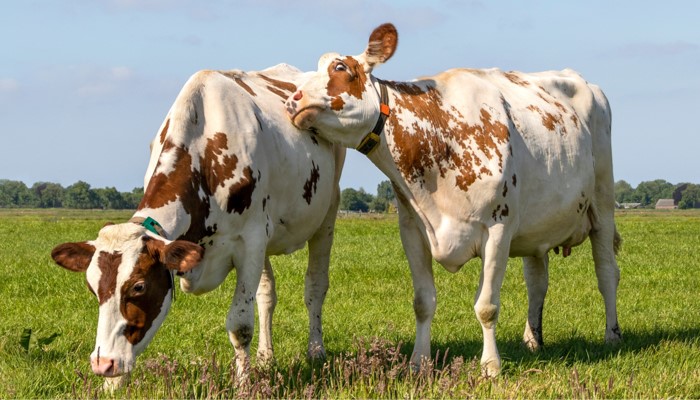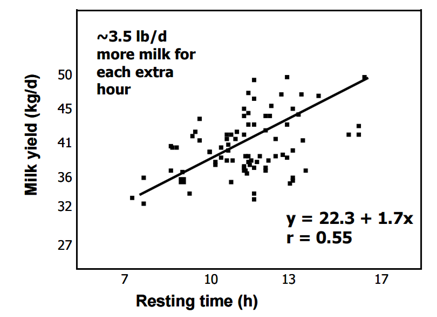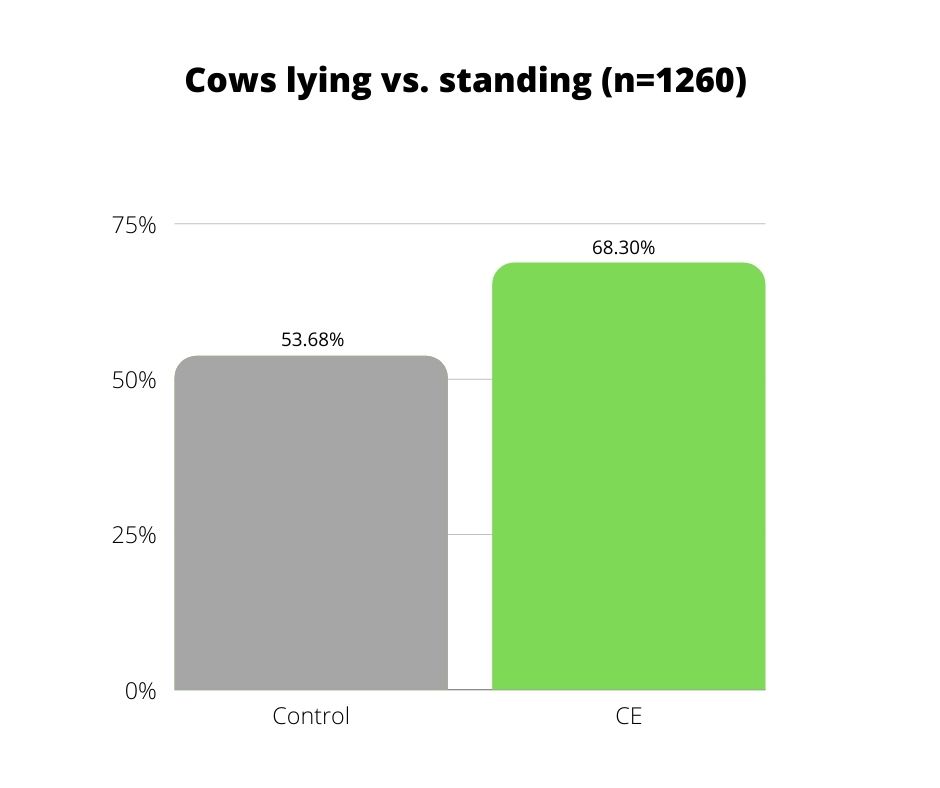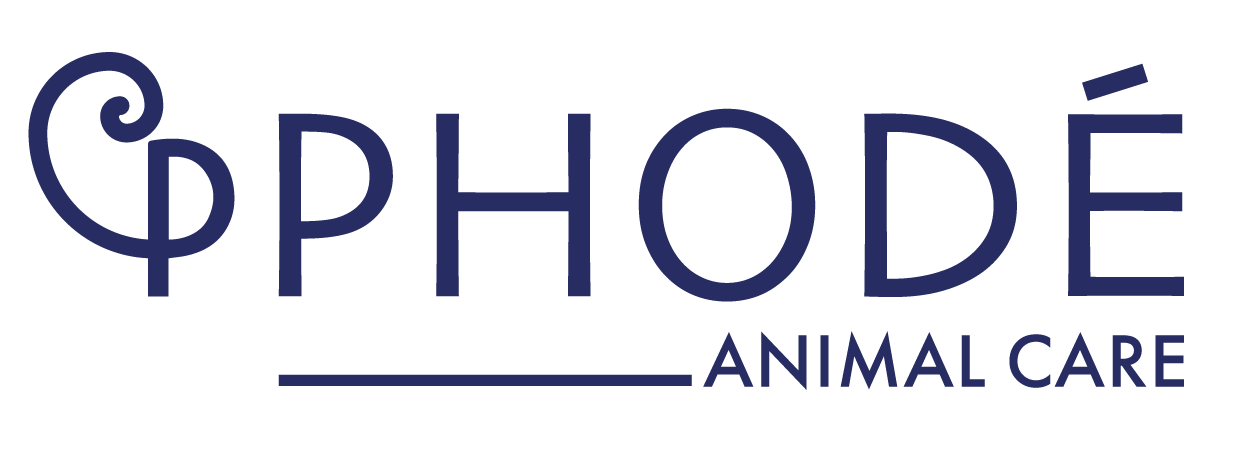Breeding dairy cows has to take into account the importance of their natural behaviour. Our modern breeding management: housing, milking parlours, feeders… allowed us to decrease hard tasks for farmers and in the same time to control many performance parameters. However, daily comfort of the dairy cow should be one of the first parameter we should focus on. Indeed, the expression of cows’ behaviour says a lot about their welfare level which is a must have for performance.

Dairy cows’ particularities
- Cows are social animals
Cows live within the herd with complex and social interactions. In indoor systems, the opportunity to reveal a natural behaviour may be reduced. In addition, they might compete more for resource access such as feed or water or more exposed to hierarchy problems partly due to a possible too high stocking density.
- Cows are ruminants
Although we are all aware of it, the ability of the cow to digest fiber makes it very efficient to produce valuable end-products as milk or meat from raw materials that are useless to humans. In return fiber digestion implies a specific digestive tract and time! Feed intake and rumination take up long hours in the cow’s circadian schedule.
- Cows are heavy sleepers.
Despite a great time spent to feed, another daily activity occupies more the cow: the rest. Rest time is even more important in a zero-grazing system in which the cows spend most of their time on hard floor. Lying down reduces pressure on hooves and thus the risk of lameness. Moreover, the blood flow to the udder and rumination efficiency are also improved during the naps. With these three characteristics as examples, we know that giving the cows the freedom to meet their needs will have a positive impact on animal welfare and on productivity consequently.
The behaviour of the dairy cow and its productivity are linked
How perfect the day of a dairy cow can be?
Many studies have observed and measured the behavioural routines of dairy cows in a free-stall environment. According to Grant and Albright (2000), a dairy cow’s activity can be broken down as follows:
- 12 to 14 hours/day of sleeping/resting;
- 7 to 10 hours/day of rumination;
- 3 to 5 hours/day of feeding;
- 2 to 3 hours/day of socialisation;
- 5 hours/day of watering,
- and 2.5 to 3.5 hours/day of milking and walking.
Dairy cows need to accomplish a list of activities during the day for its own well-being and also for its milk production. A direct correlation between dairy cow’s rest time and its productivity has been studied by Grant et al. (2004). It is admitted that every additional resting hour is converted into 0.9 to 1.6 litres of milk!

Figure 1. Relationship between resting time and milk yield (from Grant, 2004)
Which events cause negative changes in dairy behaviour?
Perpetual modifications of social relationships within the herd and overcrowding impact negatively resting. As a result, the cows will adapt their schedule: rest time will be favoured at the expense of feed intake. (Metz, 1985 ; Batchelder, 2000 ; Hill et al., 2007).The impact on milk production will be due to reduced dry matter intake per day, as well as excessive intake at less frequent feeding times.
Natural behaviours can be used as early indicators of animal well-being and productivity
Taking care of dairy cows’ welfare is essential. Negative changes of behaviour are related to situations or events negatively perceived by the cow. The early detection of changes of the daily routine may help to identify stress-inducing situations in order to minimize their negative effects on performance later on. Then why do not we take a close look at behavioural indicators to evaluate dairy cows’ comfort? Individual monitoring devices as collars or pedometers are now available. They gather a mine of information on the herd. For example, we can list:
- Lying time
- Rumination time
- Activity
Besides the help of computer-driven tools, we can also spend time to observe the herd every day, ideally in the early morning before the first milking. In this way social interactions locomotion and posture behaviour can be monitored.
The stress response mechanism
Dairy cows face unavoidable stressful events that activate an innate response to stress. The fight-or-flight pattern plays a critical role in how cows deal with stressors in their environment. The mechanisms involved prepare the animal to either fight or flee the situation. There is a strong correlation between stress and behaviour: for instance, eating is not a priority anymore in situation of danger. As a matter of fact, behaviour is an indicator of future performance drop.
How to mitigate the negative effects of stress on dairy cows?
In addition to providing as much comfort as possible through housing, feed, water allowance or management, another solution is to improve their adaptability as the environment of the cows is constantly changing. Acting directly where the stress response begins: into the brain makes it possible. An innovative solution based on a specific citrus extract has been tested on various breeding conditions with interesting results.
- Reduction of aggressive behaviour at feeding time: It has been observed a more homogeneous feed intake and less aggressiveness between pen mates while feeding even with high-stocking density. Similar behaviour adaptations were observed in a more recent study carried out on primiparous cows following a social grouping.
- Activity and rest time: During a trial with 2 groups of cows (duration =18 weeks), the number of daily footsteps drops significantly by 38%. As a direct consequence milk yield has been improved: +2L/day/cow.
- Rumination time: Another study conducted at Davis University also measured that animals’ lying time exceeds 28%. Thus, the use of this solution on cows makes them able to rest more and ruminate better with positive consequences on milk production and feed efficiency improved by 7%.

Figure 2. Time spent lying down in dairy cows fed with the CE solution
Monitoring behaviour allowed to demonstrate the benefits of the modulation of the activity of the amygdala and the prefrontal cortex, which are two brain areas involved in the response to stress. The CE solution increases the animals’ resilience. In dairy cows, the use of this supplement can be of interest as it helps cows to gain wellness and as a consequence to express a better production.












